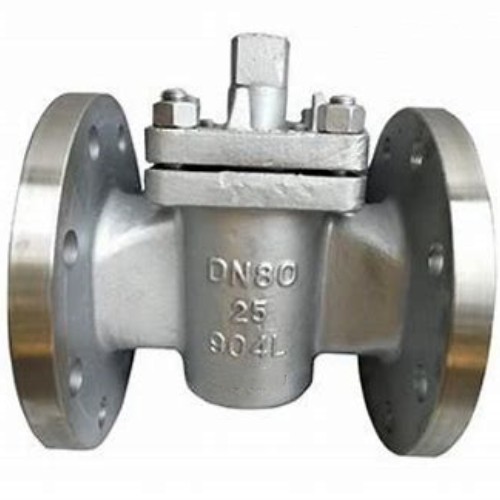pneumatic butterfly valves
Understanding Pneumatic Butterfly Valves A Comprehensive Overview
Pneumatic butterfly valves are critical components used in various industrial processes. These valves are designed to control the flow of liquids and gases in a wide range of applications, from water treatment plants to chemical processing facilities. Their design, functionality, and advantages make them a popular choice among engineers and facility managers seeking effective flow control solutions.
What is a Pneumatic Butterfly Valve?
A pneumatic butterfly valve consists of a circular disc or butterfly that rotates around a central axis within the pipeline. The disc can either block or allow the passage of flow depending on its position. In pneumatic models, the valve is actuated using compressed air, which offers rapid operation and precise control. When air is supplied to the actuator, it moves the disc to the desired angle, effectively opening or closing the valve.
Key Components
The primary components of a pneumatic butterfly valve include the body, disc, stem, actuator, and sealing mechanism. The body is typically made from materials such as cast iron, stainless steel, or plastic, depending on the application and medium being handled. The disc is designed to minimize pressure drop across the valve while ensuring a tight seal when closed. The actuator plays a crucial role in automating the valve's operation, allowing for quicker response times compared to manual valves.
Advantages of Pneumatic Butterfly Valves
One of the significant advantages of pneumatic butterfly valves is their compact size. This design feature allows for installation in tight spaces, making them ideal for applications where space is at a premium. Additionally, they are lightweight, which reduces the overall weight of the piping system and the supporting infrastructure.
pneumatic butterfly valves

Another advantage is their rapid opening and closing capabilities. Unlike traditional valves, which may take longer to operate, pneumatic butterfly valves can be fully opened or closed in seconds. This rapid action is essential in processes requiring precise flow control and quick shutdown capabilities for safety.
Pneumatic butterfly valves also offer excellent flow characteristics. The design allows for a minimal pressure drop, promoting energy efficiency and reducing operational costs. Moreover, they can handle slurries, gases, and a variety of liquids, making them versatile across different industries.
Applications in Various Industries
These valves are widely utilized in sectors such as water and wastewater treatment, chemical manufacturing, food and beverage processing, and HVAC systems. In water treatment facilities, pneumatic butterfly valves are used to control the flow of water through treatment processes. In chemical plants, they manage the flow of various chemicals safely and efficiently, minimizing the risk of leaks.
In the food and beverage industry, cleanliness and hygiene are crucial. Pneumatic butterfly valves made from food-grade materials are utilized to ensure safe and sterile processes, such as in the production of beverages and processed foods. Furthermore, their ability to operate quicklymakes them ideal for production lines that require high efficiency and speed.
Conclusion
Pneumatic butterfly valves play a vital role in modern industrial operations. Their design offers numerous advantages, such as space efficiency, rapid actuation, and versatility, making them invaluable components in various applications. As industries continue to evolve towards automation and efficiency, the importance of pneumatic butterfly valves is likely to grow, highlighting the need for ongoing innovation and improvement in valve technology. Understanding these valves is crucial for engineers and operators aiming to optimize process control and ensure the smooth operation of their systems.
-
3-types-of-check-valves-maintenance-tipsNewsAug.23,2025
-
ball-valves-types-with-trunnion-mounted-designNewsAug.23,2025
-
butterfly-valve-company-production-capabilitiesNewsAug.23,2025
-
fisher-globe-valve-technical-specificationsNewsAug.23,2025
-
types-of-gaskets-for-flanges-selection-guideNewsAug.23,2025
-
wedge-gate-valve-suppliers-quality-standardsNewsAug.23,2025
-
Breakthrough in Domestic Low Temperature Valve Technology in ChinaNewsAug.18,2025




